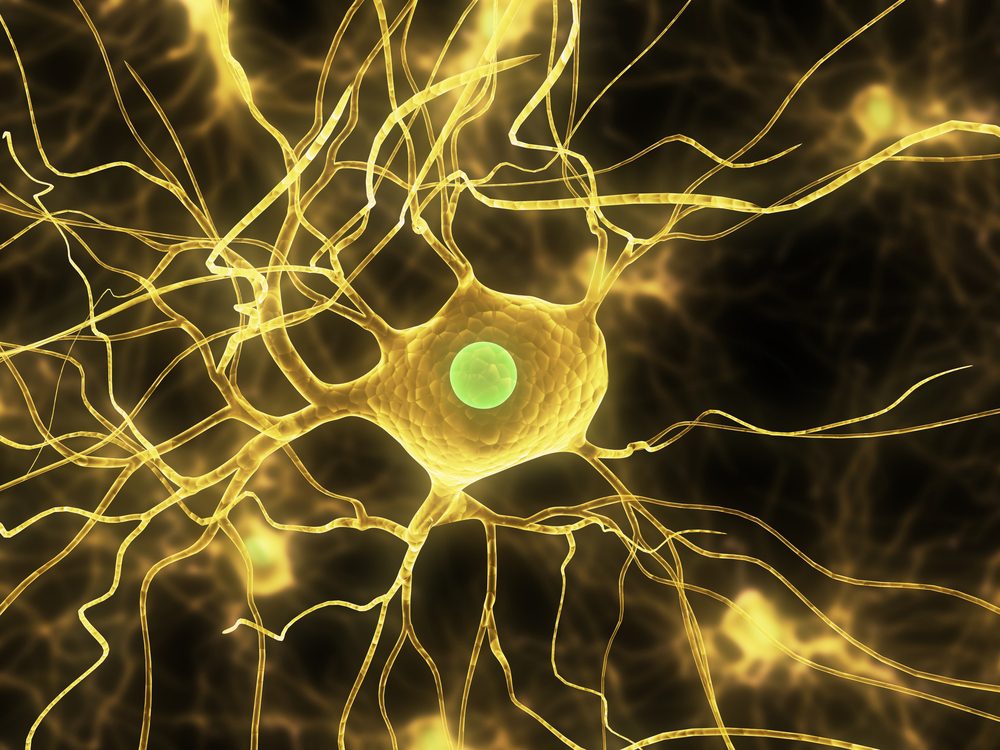Table of Contents
[/image][=video]
[/video]
There are numerous sorts of stem cells. As a whole, the term stem cell refers to a group of cells that trigger various other cells (like skin, blood, heart, and muscular tissue cells) by reproducing and differentiating in feedback to chemical hints. Totipotent stem cells appear at the earliest stage of growth and are the only stem cells which can produce embryonic stem cells and the placenta.
Bone marrow transplant (BMT) is a special treatment for people with certain cancers cells or other diseases. A bone marrow transplant entails taking cells that are generally located in the bone marrow (stem cells), filtering those cells, and providing them back either to the benefactor (client) or to an additional individual. The objective of BMT is to transfuse healthy bone marrow cells into a person after his/her very own unhealthy bone marrow has been dealt with to eliminate the irregular cells.
The blood cells that make various other blood cells are called stem cells. The most primitive of the stem cells is called the pluripotent stem cell.
It is the stem cells that are needed in bone marrow transplant. The goal of a bone marrow transplant is to heal numerous illness and sorts of cancer. When the doses of chemotherapy or radiation needed to heal a cancer cells are so high that an individual's bone marrow stem cells will be permanently damaged or ruined by the therapy, a bone marrow transplant may be required.
Regenerative Therapy local to Saginaw
This procedure is frequently called rescue. Change bone marrow with genetically healthy operating bone marrow to stop even more damages from a hereditary illness process (such as Hurler's syndrome and adrenoleukodystrophy). The dangers and benefits have to be considered in a comprehensive discussion with your doctor and specialists in bone marrow transplants prior to the treatment.
There are different kinds of bone marrow transplants depending upon who the donor is. The different sorts of BMT consist of the following: The benefactor is the client himself or herself. Stem cells are taken from the individual either by bone marrow harvest or apheresis (a process of collecting peripheral blood stem cells), icy, and then returned to the patient after extensive treatment.
The donor shares the same genetic kind as the person. Stem cells are taken either by bone marrow harvest or apheresis from a genetically matched benefactor, normally a bro or sis. Other benefactors for allogeneic bone marrow transplants may consist of the following: A haploid-identical match is when the donor is a parent and the genetic suit goes to least half the same to the recipient.

Matching includes keying human leukocyte antigen (HLA) cells. The antigens externally of these unique white blood cells determine the genetic makeup of an individual's body immune system. There are at least 100 HLA antigens; however, it is thought that there are a few major antigens that determine whether a benefactor and recipient suit.
Medical study is still exploring the function all antigens play in the process of a bone marrow transplant. The more antigens that match, the better the engraftment of contributed marrow. Engraftment of the stem cells happens when the donated cells make their way to the marrow and start making new members cells.
Menopause Treatment
All people work with each other to give the most effective possibility for an effective transplant. The group includes the following: Doctor who focus on oncology, hematology, immunology, and bone marrow transplantation. A nurse who organizes all aspects of treatment given before and after the transplant. The nurse coordinator will offer patient education and learning, and coordinates the diagnostic testing and follow-up care.
Professionals that will certainly aid you fulfill your dietary requirements before and after the transplant. They will certainly work very closely with you and your family. Professionals that will certainly help you come to be solid and independent with movement and endurance after the transplant. Pastors that give spiritual care and assistance. Several various other staff member will certainly review you prior to hair transplant and will certainly provide follow-up care as needed.
A complete medical history and physical test are performed, consisting of numerous examinations to review the individual's blood and organ functions (as an example, heart, kidney, liver, and lungs). A patient will certainly often enter into the transplant facility up to 10 days prior to transplant for hydration, analysis, placement of the central venous line, and other preparations.
For an allogeneic transplant, an ideal (tissue keyed in and matched) benefactor should be available. Voluntary marrow benefactors are registered in several national and international pc registries.
Contributor resources offered include: self, brother or sister, parent or loved one, nonrelated person, or umbilical cord from a relevant or nonrelated individual. There are national and international registries for nonrelated people and cord blood. Some member of the family might be keyed in due to the fact that of the wish to assist. These relatives may or may not choose to have their kind signed up for use with various other receivers.
Hormone Therapy in Saginaw
Examinations associated with his/her health and wellness, direct exposure to viruses, and hereditary analysis will be done to determine the extent of the suit. The contributor will be offered directions on how a bone marrow donation will be made. When a match for a patient needing a bone marrow transplant is discovered, after that stem cells will be collected either by a bone marrow harvest.
Or by an outer blood stem cell collection. This is where stem cells are collected from the circulating cells in the blood. Of the two, outer blood stem cell donations are now much more typical. Cable blood has actually already been gathered at the time of a birth and saved for later usage.
Navigation
Latest Posts
Menopause Treatment servicing Saginaw, Michigan
Stem Cell Therapy in Saginaw, Michigan
Menopause Therapy